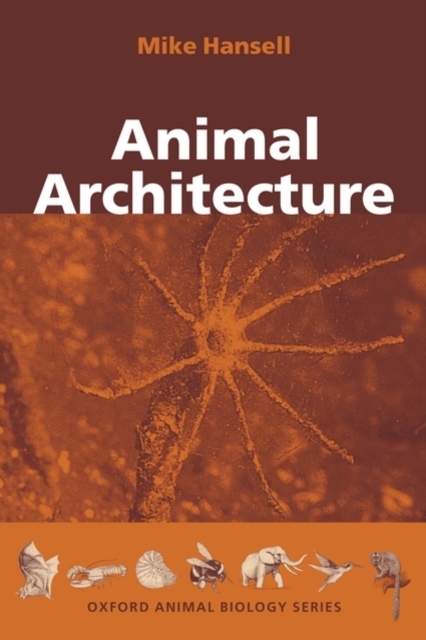
Description
Construction behaviour occurs across the entire spectrum of the animal kingdom and affects the survival of both builders and other organisms associated with them.
Animal Architecture provides a comprehensive overview of the biology of animal building.
The book recognizes three broad categories of built structure: homes, traps, and courtship displays.
Even though some of these structures are complex and very large, the behaviour required to build them isgenerally simple and the anatomy for building unspecialized.
Standardization of building materials helps to keep building repertoires simple, while self-organizing effects help create complexity.
In a case-study approach to function, insects demonstrate how homes can remain operational while they grow, spiderwebsillustrate mechanical design, and the displays of bowerbirds raise the possibility of persuasion through design rather than just decoration.
Studies of the costs to builders provide evidence of optimal designs and of trade-offs with other life history traits.
As ecosystem engineers, the influence of builders is extensive and their effect is generally to enhance biodiversity through niche construction.
Animal builders can therefore represent model species for the study of the emerging subject ofenvironmental inheritance.
Building, and in particular building with silk, has been demonstrated to have important evolutionary consequences. This book is intended for students and researchers in comparative animal biology, but will also be of relevance and use to the increasing numbers of architects and civil engineers interested in developing ideas from the animal kingdom.
Information
-
Download - Immediately Available
- Format:PDF
- Publisher:OUP Oxford
- Publication Date:23/12/2004
- Category:
- ISBN:9780191523175
Other Formats
- EPUB from £4.87
- PDF from £4.87
Information
-
Download - Immediately Available
- Format:PDF
- Publisher:OUP Oxford
- Publication Date:23/12/2004
- Category:
- ISBN:9780191523175










